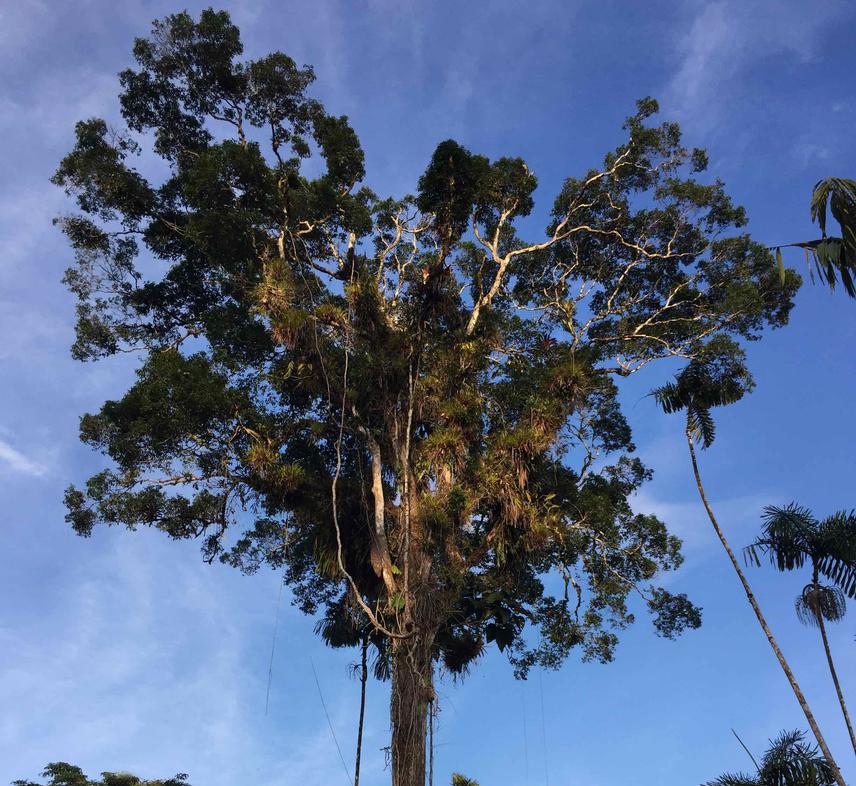Eliot Logan-Hines
Other projects
3 Oct 2013
Community Based Approach Towards the Management, Restoration and Delineation of Buffer Zones in Napo, Ecuador
This project aims to create dispersal corridors for mammals and birds between Sumaco Napo-Galeras National Park and Colonso Chalupas National Parks. This aim will be accomplished by accelerating forest regeneration within mosaic, multiple use landscapes in a cost effective manner by establishing applied restoration nuclei throughout the landscape.

Andira Seed Tree.
This project seeks to accelerate natural forest regeneration with the ultimate goals of enriching habitat for wildlife and establishing corridors for mammals and birds to disperse between Sumaco Napo-Galeras and Colonso Chalupas National park. Both park are located in in Napo, Ecuador and are separated by a mosaic landscape of pasture, degraded secondary forest, fallows, and agroforestry systems. Dispersal is limited by the fragmented nature of the landscape. Forest restoration will be done utilizing an applied nucleation methodology, which aids the natural forest regeneration. Small patches (< 0.25 hectares) will be planted in regular, linear intervals between existing forest stands. In other area specific trees known to be food sources for wildlife will be planted within existing agroforestry systems. A variety of species meant to mimic natural stand dynamics and floristic composition of a mature forest. The species mixture will include fast-growing pioneer species and nitrogen fixing species alongside slower growing, shade tolerant hardwoods). Many of the species selected are important food sources for primates, ungulates, rodents and birds.
Applied nucleation is an effective and low cost alternative to large-scale tree planting within degraded areas because it provides seed sources that might otherwise be absent, improves soil conditions, and creates shade and other micro-climactic conditions necessary for rapid forest regeneration. Furthermore the forest patches will attract seed disbursing animals, which can further facilitate the natural regeneration in areas surrounding the nuclei. Over time the nuclei will expand and fuse together to form a continuous forest landscape. Habitat continuity is important for wildlife dispersal because many large mammal species including jaguar, white-lipped peccary, tapir and larger primates such as spider monkey and woolly monkey avoid heavily degraded landscapes and cannot disperse across between disconnected protected areas.
Project activities will take place on land that is communally owned and occupied by the members of the Kichwa indigenous group. A series of meeting with participating communities will be done to map and prioritize areas for restoration, share restoration and management techniques and disburse financial resources and materials to community members Many of the species selected for restoration were identified by community members as being valued for fruit production, timber or sources of non-timber forest products. By creating more local control over restoration activities we hope to create a low cost, effective restoration and corridor model, which simultaneously improves rural livelihoods.